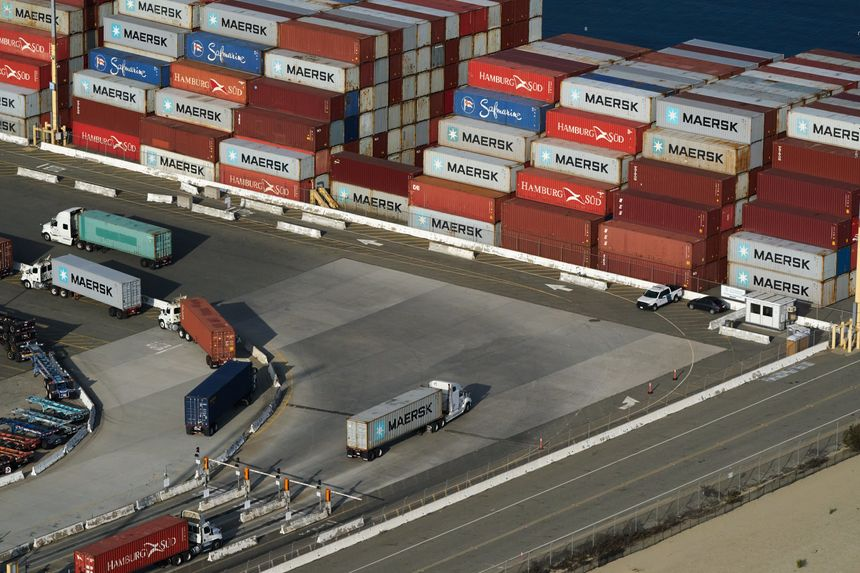
image via: WSJ.com
In the throes of the sticker shock many Americans have been experiencing lately, it is hard to remember an oft-repeated lesson: Shortages can suddenly turn into gluts.
The combination of bottlenecks and robust demand has pushed prices for all kinds of things higher, but some of the most eye-popping increases have been in the prices of manufactured goods that rely on global supply chains. The October consumer inflation report from the Labor Department showed prices for washers and dryers were up 30.1% last month from the pandemic’s start, with prices for furniture up 12% and prices for new cars and trucks up 11.3%.
Further, shortages of some manufactured items are creating inflation elsewhere. The dearth of new vehicles has made it hard for rental-car companies to restock their fleets, which is a big part of why it cost 49.2% more to rent a car or truck in October than before the pandemic. Fewer new car purchases by rental companies in particular has led to fewer available used cars, and used car and truck prices have risen 44%.
For a lot of people, the argument that these price increases are transitory has worn thin. Policy makers and economists were saying that supply-chain problems would be starting to ease this fall, and now they are expected to persist until next year. With inventories low and what appears to be a lot of unsated demand out there, it is easy to imagine prices continuing to go up.
But imagining that supply-demand imbalances will persist, and then finding that they won’t, is a common occurrence. Pig breeders and cattle ranchers have regularly responded to high prices with production increases that initially aggravate shortages but then lead to gluts in the so-called hog and cattle cycles that drive huge swings in pork and beef prices. A similar dynamic occurs in shipping costs, and ship prices. And back in May, when prices were surging, it didn’t seem as if framing-lumber prices were going to fall by more than half—but then they did.
In the year ahead, even slight relief of some supply-chain issues could have significant effects. For example, there are a lot of partially built vehicles that car makers have parked around the country which will be rolling into dealerships once necessary chips are installed. In a recent note, the Bank for International Settlements pointed out that the building of precautionary stockpiles of components by some manufacturers might be exacerbating shortages—a phenomenon that might also paint a false picture of underlying demand. Earlier this fall, many retailers were imploring consumers to get their holiday shopping done early, lest supplies run out, yet last week Walmart, Target and TJX all said they are well stocked for Black Friday.
Another place inventories might be higher than readily perceived is in people’s homes and driveways. Adjusted for inflation, consumer purchases of durable goods—long-lasting items including bicycles and television sets—rose 7.7% last year from 2019, and in the first nine months of this year were up 26.6% versus two years ago. Even pent-up consumer demand for new cars might be less than seems apparent: While production problems have pushed new car and truck sales well below their 2019 levels this year, exclude fleet sales to rental companies and the like, and they are only down a bit.
If Covid-19 risks continue to diminish in the months ahead, allowing people to resume more of their pre-pandemic activities, more spending might be shifted away from goods toward services. Lower Covid-19 risks would also help alleviate some supply-chain snarls, especially in countries outside the U.S. that are major sources of manufactured goods and components. At the least, prices for some items could stop rising and become drags on inflation. And prices for some goods, such as used cars—which have accounted for about a percentage point of the 6.9% increase in overall consumer prices—could fall.
By this time next year, inflation might not seem like nearly as big a problem as it does right now.
Source: The Wall Street Journal November 22, 2021 | By Justin Lahart